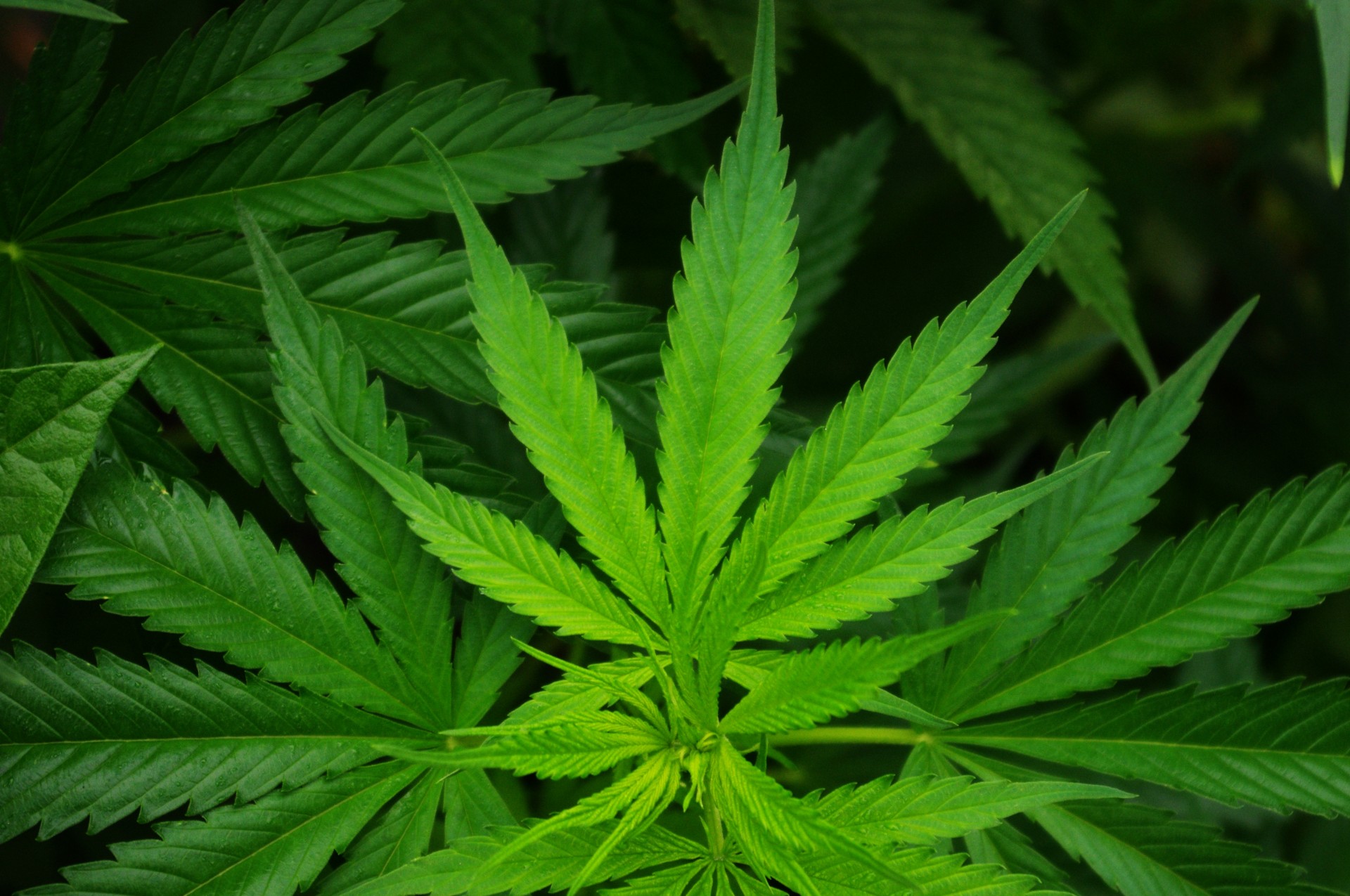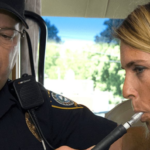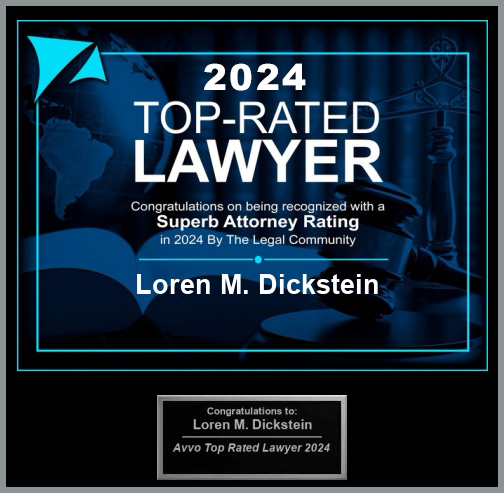Driving Under the Influence of Marijuana
There are many OWI defense attorneys, but few with extensive experience defending drug and alcohol-related driving cases. Defenses to Marijuana Impairment charges can be factual, legal, medical, constitutional, or scientific.

Marijuana might be legal, but not driving under the influence of marijuana.
Although the medical and recreational possession of marijuana is legal in Michigan, driving under the influence of marijuana or any other drug (including alcohol) is still illegal. Prosecutors and judges are taking these offenses very seriously, and your best defense is an attorney who will fight to protect and defend you. Don’t trust your fate to the lowest bidder. Possession of marijuana by someone under 21 years old is still illegal in Michigan and can result in a civil infraction and a fine.
What is Cannabis?
Cannabis is a drug that is derived from the plant Cannabis Sativa. The cannabis plant contains more than 400 chemicals and over 60 different cannabinoids. The cannabinoids are secreted in a resin, and the most common cannabinoids found in high concentrations are delta-9-tetrahydrocannabinol (THC), cannabidiol (CBD), and cannabinol (CBN). THC is responsible for most of the mood-altering effects of cannabis, and it is ten times more potent than CBN. CBD has no mood-changing effects.
Cannabis has three forms:
- the dried tops of the female plant are referred to as Marijuana (about 1%-2% THC),
- the resin collected from the flowers and topmost leaves is referred to as hashish (about 10% THC), and
- and the extract of the cannabinoids prepared from the plant using organic solvents is called hash oil (10%-60% THC).
The greater the THC concentration, the greater the physical and psychological effects experienced by a driver.
The Debate Over Driving Limits and Marijuana Use
It is common knowledge that most states have established a 0.08% blood alcohol level as the maximum legal limit for drivers over the age of 21. However, with the legalization of recreational marijuana and medical marijuana, there are concerns about operating under the influence laws for drivers who smoke or consume marijuana. The police and prosecutors have been overzealous in these prosecutions, and experienced defense lawyers are stepping up to prevent innocent drivers from being wrongfully prosecuted. Similarly, judges seek to make an example out of those accused of driving under the influence of marijuana (OWPD). It takes an aggressive and fearless defense lawyer to do what is necessary to get the client the most lenient sentence possible.
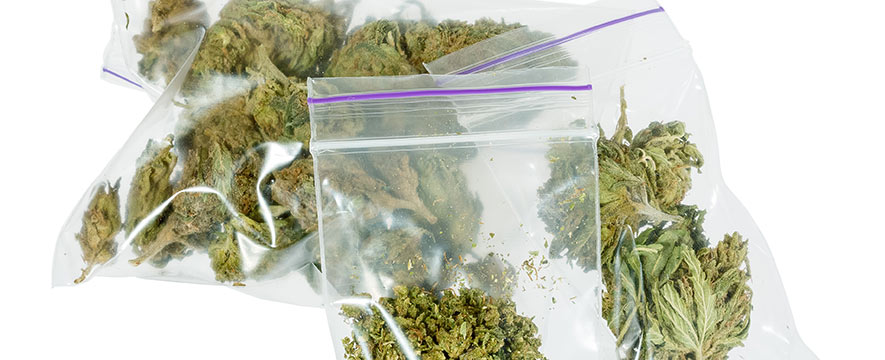
Driving Limits – Driving Under the Influence of Marijuana
Even though Michigan allows medical and recreational marijuana, it does not have a driving limit set for operating a motor vehicle after consuming marijuana legally. The ambiguity in the law has been the impetus for many defense motions in matters where the government prosecutes people for driving under the influence of marijuana. The government still charges drivers even when they possess valid Medical Marijuana cards. The lawyers at LEWIS & DICKSTEIN, P.L.L.C. have filed several such motions successfully and will do whatever is necessary to seek a dismissal of all charges in your case.
Michigan has not yet set a defined limit for the amount of marijuana that results in a presumption of impairment.
What is a Reasonable Standard?
According to the National Highway Traffic Safety Administration, users experience the most significant impairment during the first three hours of smoking or consuming marijuana. To determine if there was recent marijuana consumption, the Michigan State Police laboratory will test active THC in whole blood. Reasonable limits have been difficult to set because of a lack of research on a standard impairment level, marijuana affects different people differently, and active THC stays in a chronic or medical user’s system longer, even if the person has quit smoking.
Lawmakers expect defense attorneys to challenge the laws regarding Driving Under the Influence of Marijuana. The attorneys with LEWIS & DICKSTEIN, P.L.L.C. accept the challenge!
Marijuana Driving Limits in Other States
Although opponents believe that five (5) ng/mL is unreasonably low, it is one of the highest limits in any state. Nevada (a medical marijuana state) has a two (2) ng/mL limit. Ohio also has a limit of two (2) ng/mL Montana (a medical marijuana state) has a limit of five (5) ng/mL. Pennsylvania’s limit is also five (5) ng/mL. Michigan’s legislature must decide the driving limits after smoking or consuming marijuana. It should consider medical evidence and not rely on inadequate studies and emotions.
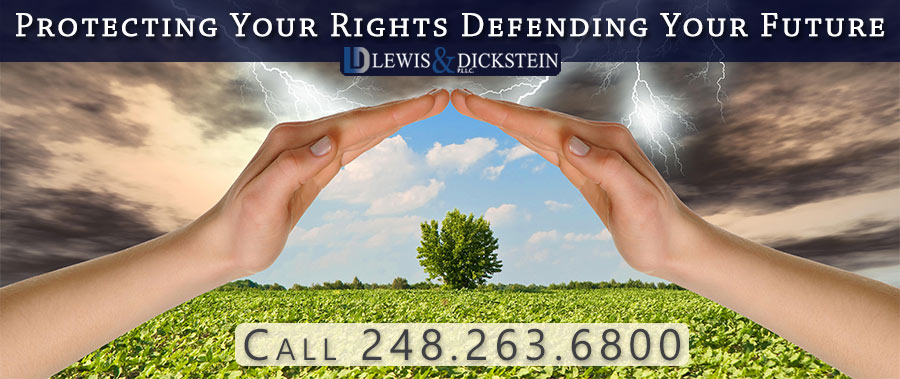
Operating Under the Influence of Marijuana Criminal Defense Attorneys
LEWIS & DICKSTEIN, P.L.L.C. has handled thousands of cases involving marijuana. Our attorneys have represented people charged with marijuana offenses at the Federal and State level and both misdemeanors and felonies. LEWIS & DICKSTEIN, P.L.L.C. also has substantial experience in successfully handling matters related to Michigan’s Medical Marijuana Law and cases where there is an allegation of driving under the influence of marijuana.
The attorneys at LEWIS & DICKSTEIN, P.L.L.C. are well-respected specialists who defend people charged with criminal offenses. Please call LEWIS & DICKSTEIN, P.L.L.C. with any questions or to discuss your options. We will take the time to talk with you, answer your questions, and address your concerns. We will find a way to help you.
Call us today at (248) 263-6800 for a free consultation or complete an online Request for Assistance Form. We will contact you promptly and find a way to help you.
We will find a way to help you.
We Are Not Afraid to Win!
Terms Related to the Defense of OWPD Marijuana Charges
Δ9-tetrahydrocannabinol (Δ9-THC): The primary psychotropic compound in marihuana. Δ9-THC belongs to a broader family of compounds with a similar chemical structure termed cannabinoids.
11-carboxy-THC: A significant metabolite of Δ9-tetrahydrocannabinol and possesses minimal psychotropic properties.
11-hydroxy-THC: A significant metabolite of Δ9-tetrahydrocannabinol and possesses psychotropic properties.
Absorption: The movement of drugs and chemicals across biological membranes to enter the body.
Binding Affinity: The strength in which a drug binds with specificity to a protein, typically a receptor or enzyme. Typically, the higher the affinity of specific binding between a drug and receptor, the greater the biological activity initiated.
Bioavailability: The percentage of a drug or chemical absorbed after administration and available to exert biological activity.
Biphasic: A process possessing two distinct phases or stages.
Cannabidiol (CBD): A chemical naturally produced by the cannabis sativa belonging to the family of compounds termed cannabinoids. CBD has minimal psychotropic activity.
Cannabinoid Receptor 1: A protein on the surface of cells to which cannabinoids bind to initiate their biological activity. Cannabinoid receptor 1 is highly abundant in neural cells within the brain and is responsible for the euphoric effects associated with marihuana.
Cannabis Sativa: A plant called marihuana. It is the source of plant-derived cannabinoid compounds, including Δ9-tetrahydrocannabinol (THC), that causes the impairment resulting in driving under the influence of marijuana charges.
Distribution: Once absorbed, the movement of drugs and chemicals throughout the body occurs primarily via circulation in the bloodstream.
Drug Half-Life: The period required to metabolize and/or eliminate one-half of the total amount of an absorbed drug.
Excretion: The elimination of compounds from the body in urine and feces.
First Pass Metabolism: The process by which when drugs and chemicals are absorbed from the gastrointestinal tract and enter the bloodstream, they are first transported to the liver to undergo metabolism.
Metabolism: The conversion of compounds by drug metabolizing enzymes primarily present in the liver to more water-soluble chemicals to enhance their utilization by the body and excretion in urine and feces.
Oromucosal Route: Exposure occurs by applying chemicals to the oral cavity’s mucosal membrane.
Peak Plasma Concentration: The highest concentration of a drug or chemical present within plasma after initial exposure or administration.
Plasma Concentrations: The amount of a drug or chemical present in the blood’s liquid (i.e., non-cellular) portion.
Psychotropic Effects: Changes in brain function resulting in alterations in perception, mood, consciousness, cognition, and/or behavior that are typically caused by exposure to a chemical.
Respiratory Route: Exposure to an agent by inhalation via the lungs.
Structurally-Related Compounds: Chemicals possessing a similar basic chemical structure and belonging to a “family” of compounds with similar chemical and/or biological properties.
Tincture: A concentrated liquid herbal extract.
Vascular: Related to blood vessels.

